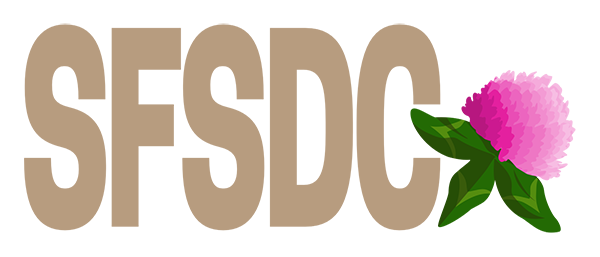Minor Use pesticide evaluations in red clover and alsike clover grown for seed production, 2021
Minor Use pesticide evaluations in red clover and alsike clover grown for seed production – tolerance, efficacy, and yield evaluations 2021. 2021 was a good year for clover trials at Melfort considering the weather.
To evaluate the tolerance of Authority, Authority Supreme and Valtera when applied in the early spring on established red and alsike clover, small plot research trials were conducted in the RM of Star City 0.5 miles south of Melfort, SK.1 Viper ADV was applied shortly before flowering. Two separate trial areas were established, one of red clover and one of alsike clover in the spring of 2020. Each trial consisted of 8 treatments with Authority, Authority Supreme, and Valtera applied at the recommended rate (1X) and at twice the recommended rate (2X).
These applications were applied in the early spring on May 9th, 2021, as soon as the clover crops began to re-grow after winter dormancy. These applications were compared to an application of Viper ADV at 400 mL/acre prior to crop flowering, and an untrea ted control. The treatments were arranged in a randomized completed block design and plots were 2-meters wide by 7-meters long, with 4 replicates. Data collection consisted of environmental conditions, crop tolerance, weed efficacy, flowering, lodging, see d yields, thousand seed weight (TSW), and germination (%).
The environmental conditions of 2020 were quite comparable to the long-term average in temperature, with a slight reduction in cumulative precipitation from May to September. Overall, the conditions of 2020 were supportive of good clover establishment. In 2021, the conditions were much warmer and drier as compared to the long-term average, which resulted in early maturity, lower seed yields, and lower % germination.
At both 7-14 days and 28-35 days after Authority, Authority Supreme, and Valtera treatment applications both red and alsike clover demonstrated no significant differences for crop tolerance and weed efficacy as compared to all other treatments. No flowering differences were documented between treatments for either crop, with red clover flowering on July 5th, and alsike clover on June 22nd. Final seed yields were also not significantly different between treatments for both red and alsike clover.
Lastly, % germination and TSW was determined from composite samples, therefore no statistical analysis was completed; however, germination and TSW were very consistent across treatments for both crops. Overall, both established red and alsike clover demonstrated good tolerance to all spring applied Authority, Authority Supreme, and Valtera in 2021 at Melfort, SK.
Download the full report PDF
